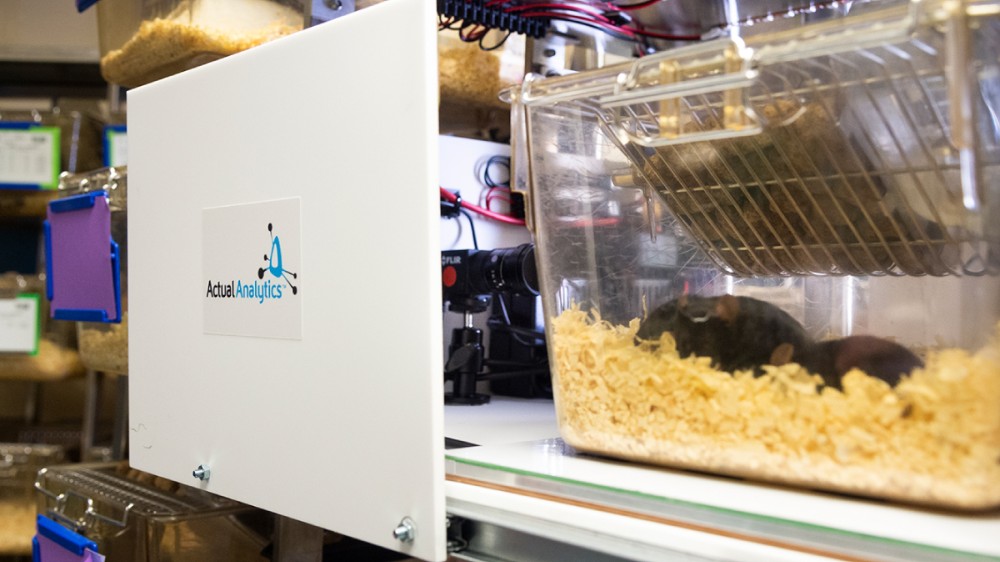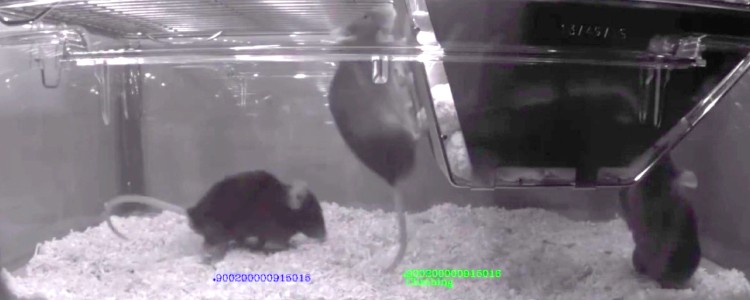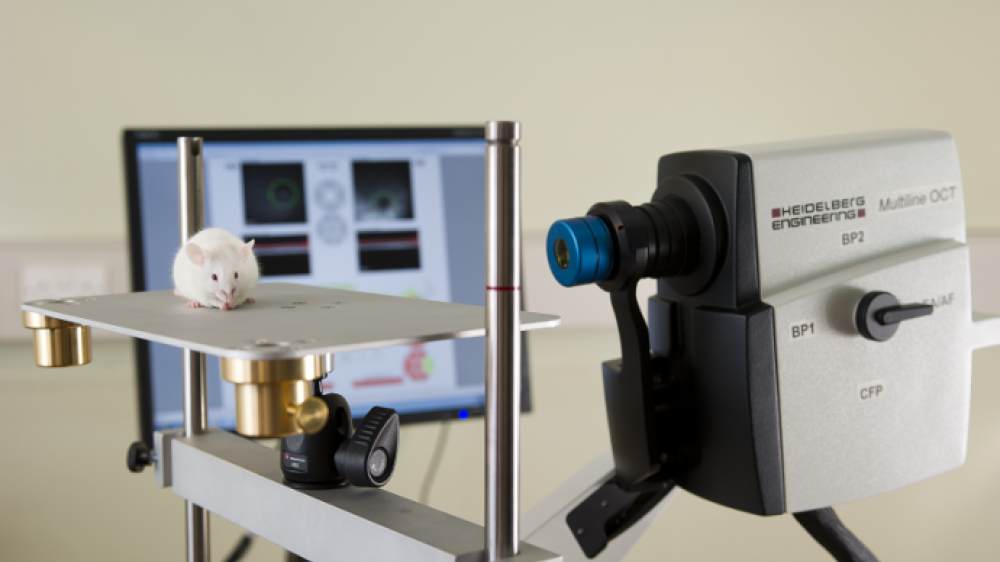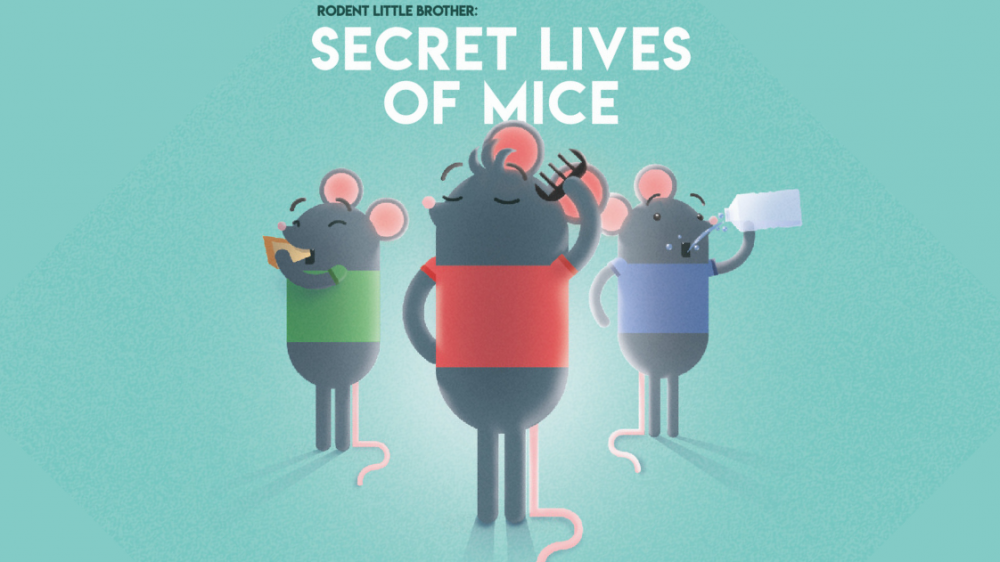Home-cage monitoring to refine and reduce animal use in drug safety testing

Non-invasive, continuous monitoring of rodent behaviour improves both animal welfare and scientific accuracy in safety pharmacology.
A home-cage analyser system (HCA) developed by Actual Analytics and funded through the NC3Rs CRACK IT programme* has been validated for use in safety pharmacology studies focused on central nervous system (CNS) endpoints. The HCA monitors animals in their home-cages using infrared video and RFID telemetry, recording and analysing their activity continuously without human intervention.
The study, which was conducted by Charles River in partnership with researchers from Actual Analytics and the University of Edinburgh and used compounds provided by AstraZeneca, GSK and Janssen, demonstrated that the HCA was able to identify subtle behavioural changes in rats indicative of potential CNS side effects. Importantly these effects, such as such as hypoactivity in the dark phase, were missed in traditional studies. By being able to identify compounds with safety liabilities earlier in the process the HCA helps to reduce the use of animals in drug development.
"This study is a landmark moment for home-cage monitoring. It validates not just the technology, but the principle that continuous, non-invasive behavioural monitoring can reveal safety signals missed by traditional methods. The ability to detect CNS liabilities earlier and more accurately is a game-changer for drug development that improves decision-making and ultimately leads to safer medicines. This collaborative effort has demonstrated the power of the HCA in enhancing both scientific rigour and animal welfare during drug development."
– Professor Douglas Armstrong, Actual Analytics Ltd/University of Edinburgh
The animal welfare benefits are significant. Traditional CNS safety assessments such as the Functional Observational Battery (FOB) or Irwin tests rely on episodic, human-led observations that require removing animals from their cages to observe them at specific time points, often during the day, when rodents are least active. This approach can miss subtle or delayed effects and can introduce stress that confounds results. The HCA allows researchers to track natural behaviours – such as movement, rearing, drinking and social interactions – 24/7, including during the dark phase when rodents are most active. The technology supports refinement by enabling group housing with cage mates throughout the study and minimising stress through non-invasive monitoring in the home-cage environment, whilst longitudinal studies that generate richer data sets require fewer animals.

The study advances the evidence base for the wider adoption of home-cage monitoring in regulatory testing. Noting both its compatibility with existing study designs and superior data quality, the authors advocate the use of home-cage monitoring as an alternative to the FOB/Irwin tests and incorporation into repeat-dose toxicology studies. The greater sensitivity of the HCA compared with traditional approaches would support more precise dose setting for repeat-dose studies and avoid the use of unnecessarily high and scientifically irrelevant doses that might have adverse effects on animal welfare.
Find out more about NC3Rs guidance on reducing or refining animal use for safety pharmacology.
"This validation study is a great example of our approach to supporting 3Rs model development from ideation through to application – in this case to drive advances in drug safety assessment whilst improving animal welfare. This project shows how collaboration between industry and academia can drive innovation and the NC3Rs is proud to have supported the initial development of the HCA through our CRACK IT Challenges programme, and its validation in the current study. Home-cage monitoring offers a level of behavioural insight that is not possible with episodic testing, which has the potential to transform preclinical safety assessment across the sector."
– Dr Anthony Holmes, Director of Science and Technology, NC3Rs
*The HCA was developed by Actual Analytics through two CRACK IT Challenges to facilitate longitudinal monitoring of rodent activity and behaviour in the home-cage – Rodent Big Brother for rats and Rodent Little Brother for mice.
An overview of rodent behavioural monitoring including key initiatives that have supported the adoption of these tools and championed the 3Rs.

Developed by the Mary Lyon Centre at MRC Harwell and the NC3Rs, the first citizen science project to address the 3Rs and animal research was recognised in the 7th Annual Openness Awards organised by Understanding Animal Research.

